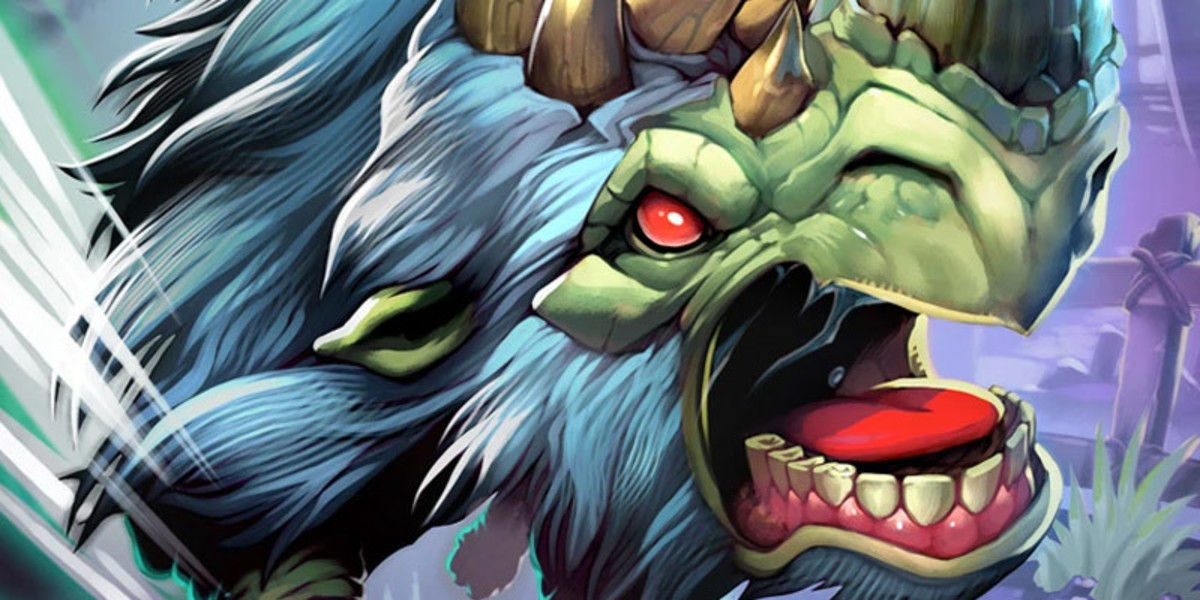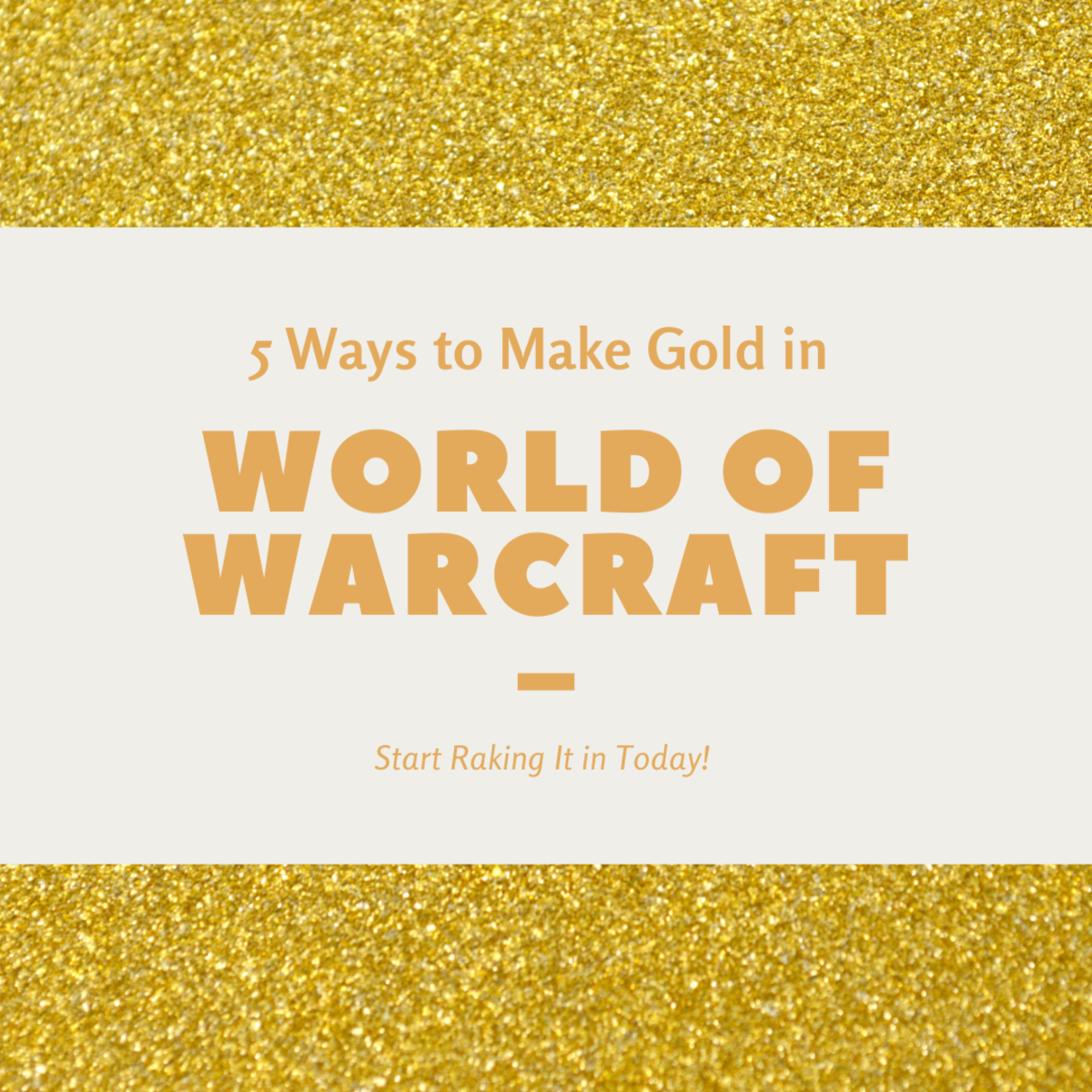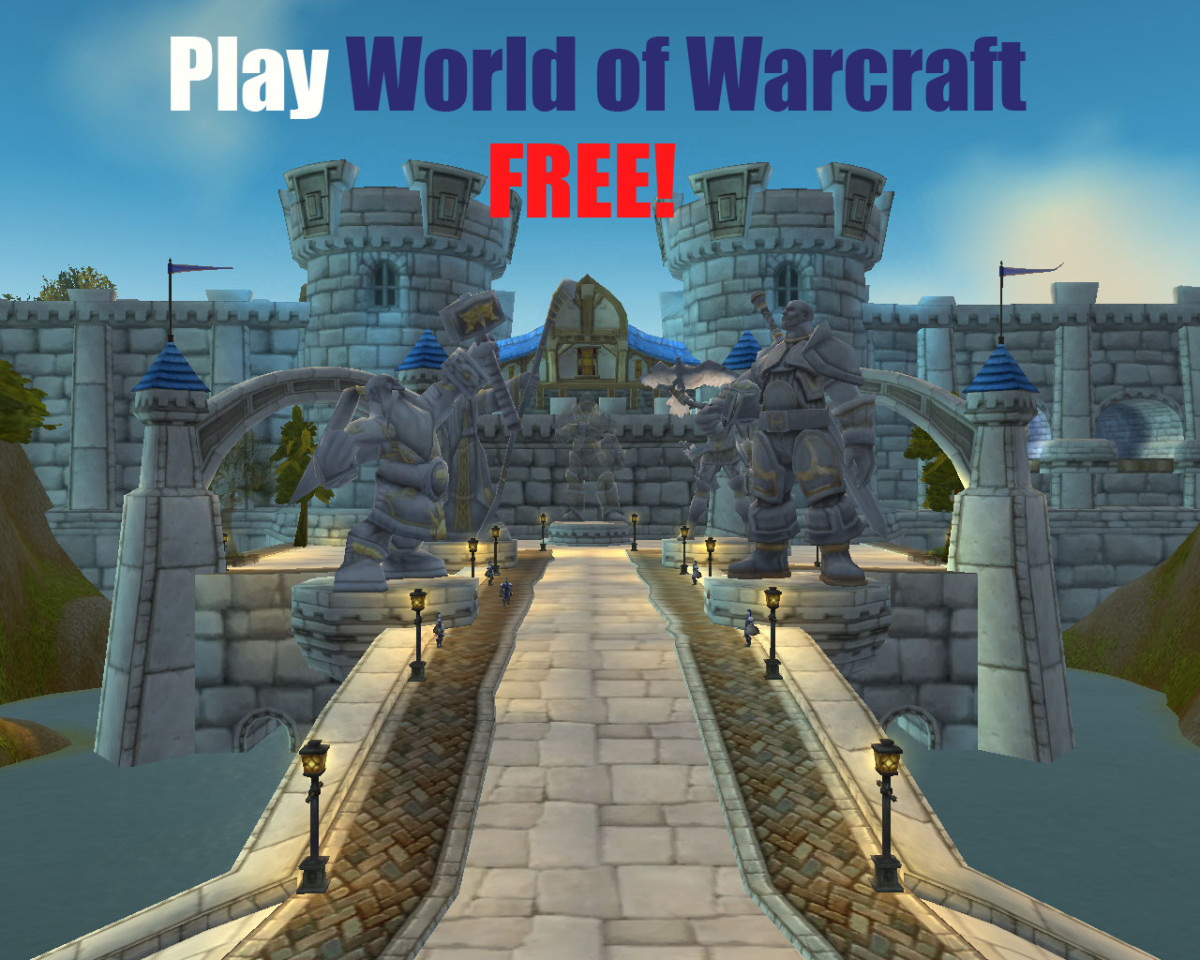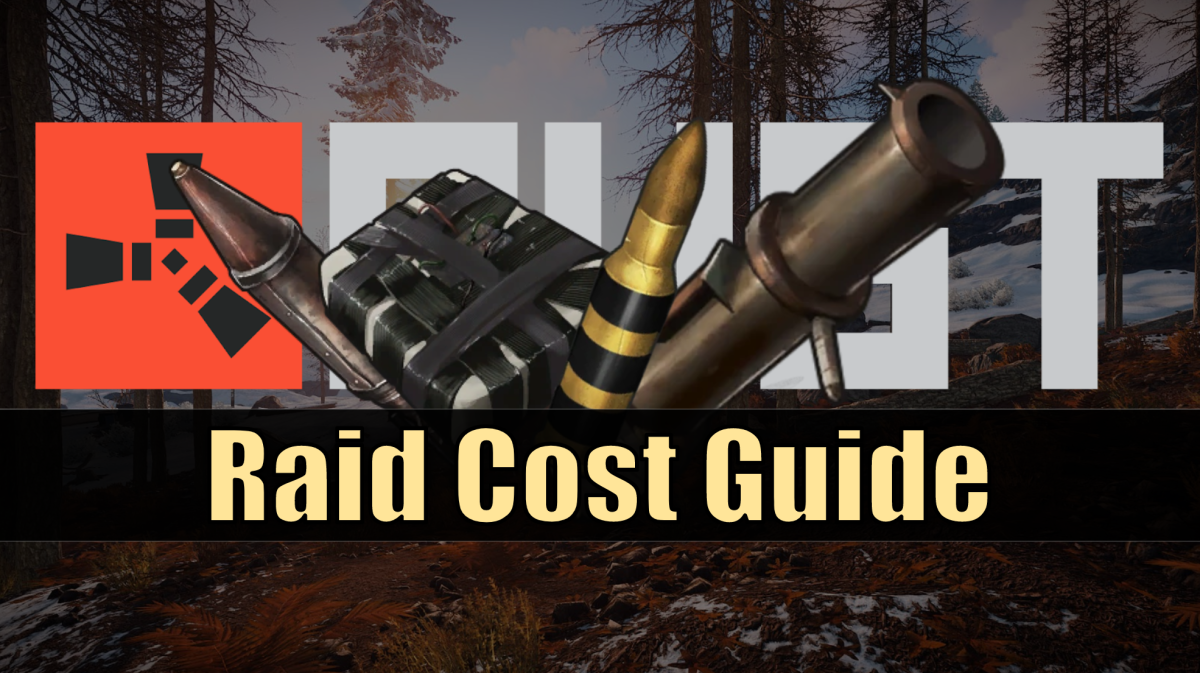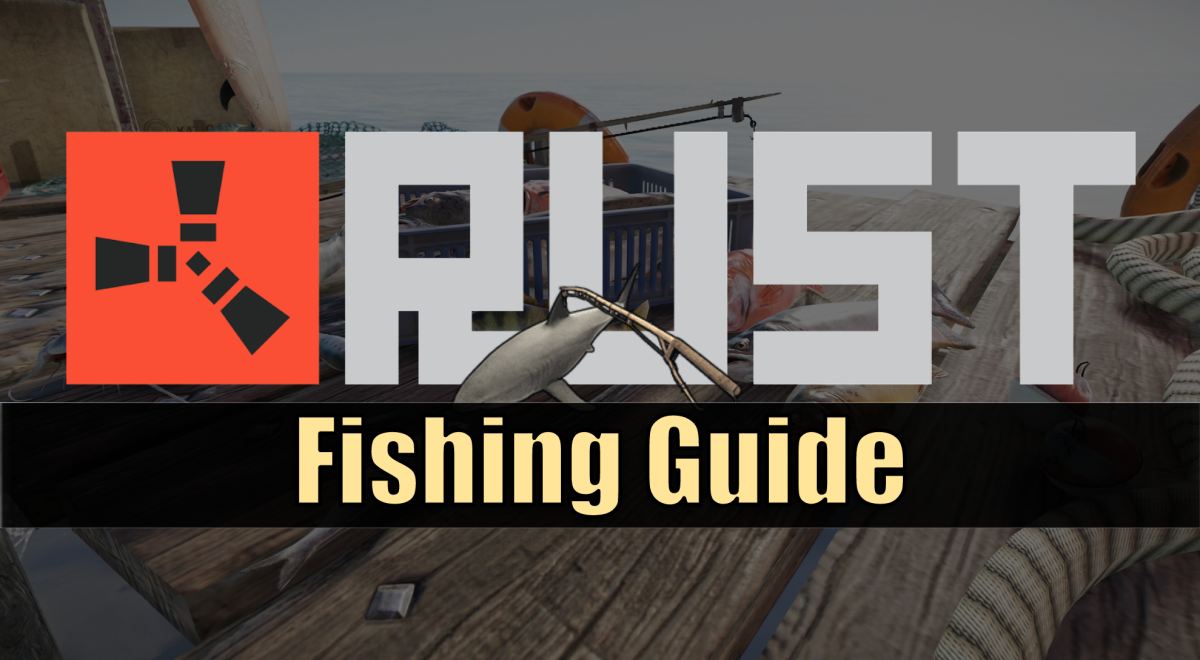How to Play Hearthstone
Introduction to Hearthstone
Hearthstone is a turn-based strategy game developed and published by Blizzard (creators of World of Warcraft, Starcraft, Heroes of the Storm and Overwatch); released on 11th March 2014.
The game was originally released on PC but was later made available on mobile and tablet platforms via iOS and Android with cross platform game play. It currently, as of June 2017, has a player base estimated at 70 million.
Hearthstone pits two players against each other, with a pre-built deck of 30 cards each. The objective of the game is to destroy your enemies hero, whilst theirs is to destroy yours. You do this by playing cards and attacking each other. Many of the cards have unique attributes leading to varied outcomes on a game by game basis.
The game was originally released under the name Hearthstone: Heroes of Warcraft but was later renamed as simply Hearthstone. The original name comes from the nature of the game being based on the popular MMORPG also released by Blizzard; World of Warcraft. The cards, champions and lore of Hearthstone are directly linked to the World of Warcraft game. Many of the heroes and creatures directly taken from the game.
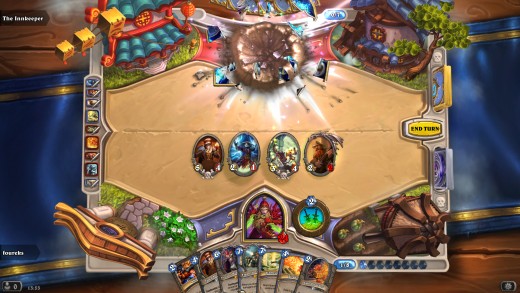
How It Works - Basics of Heathstone Gameplay
The first point of this "how to play Hearthstone" guide covers the fundamentals. Deck building, hero selection etc will be covered further on.
Hearthstone is a 1 vs 1 card game. The objective is to destroy your opponents hero, while stopping them from destroying yours.
Simple; right?
Both players have a single hero with 30 hit-points. Once a players hero reaches 0 hit-points that player will lose and the other player will win. The hero is commonly referred to as "face" and attacking your opponents hero is colloquially called "hitting face" or "going face".
Game Objective
You attack your opponent mostly using cards from your deck in two ways:
- Cards that you play onto the battlefield as minions
- Directly as spells.
You can use either (minions or spells) to attack either your opponents cards or your opponents heroes. Each player has a pre-determined deck of 30 cards set before the match (built by the players).
At the start of the round one player will be chosen at random to go first. This player will be presented with 3 cards from their deck. The player will then get the option to swap or keep those cards.
The player chosen to play second will get a similar option but they receive 4 cards to chose from. The second player will also be given a "mana card" to compensate them for playing second.
Both players will draw 1 card at the start of the turn, as standard, for the rest of the game. You will then take turns to use your cards to attack the opposing players cards and hero until one of the heroes is destroyed.
Battlefield
Once you play a card it will then enter the battlefield. Once on the battlefield it can: attack other cards from the opposing deck on the battle field, be attacked and attack the opponents hero.
Most cards will have no effects until they are played onto the battlefield.
Mana
Mana is required in Hearthstone to play cards onto the battlefield. Mana is used to graduate the game at a fair pace. Both players have a mana pool, starting with 1 mana. Each turn you will increase your mana pool by 1. Each card will have a mana spend cost to play it onto the battlefield.
This means that lower cost cards (thus weaker cards) have great value early on in the game.
You can also use mana to use your hero power, which is explained in a little more detail later on.
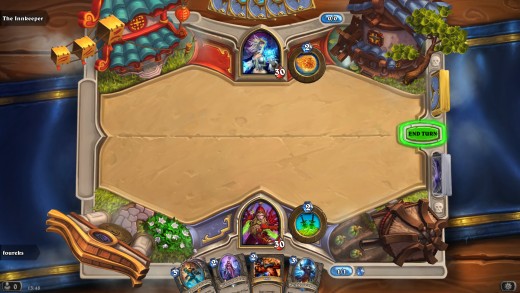
Hearthstone Class System
An important aspect to understand in this "how to play Hearthstone tutorial" is the class system.
Much like World of Warcraft there is a class system. Each deck that you build will require you to chose a class and hero for that class (a few classes have more than 1 hero that can be purchased). It should be noted that there are no real commitments to the class that you pick. Decks and classes can be removed and rebuilt or re-picked at no additional costs.
Each class has its own hero power and a set of unique cards. These give each class a (fairly) unique play style. The classes are:
- Warrior
- Priest
- Mage
- Paladin
- Warlock
- Rogue
- Shaman
- Druid
- Hunter
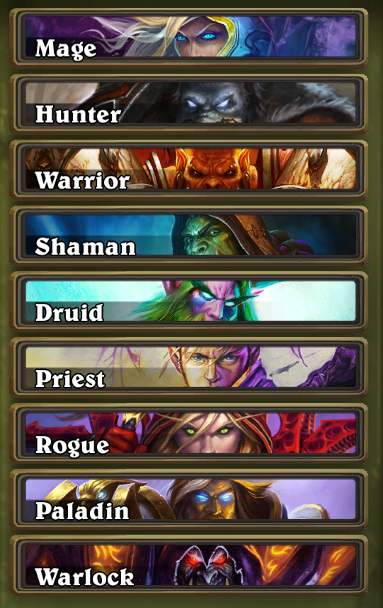
Deck Building
Once you have selected a class you can begin building a deck!
Within the "my collection" tab you can create new decks and begin adding cards to it. There are many, many types of decks to build and constantly evolving strategies. To start with it is recommended to use the basic deck to get the grips with the game.
Once you feel more comfortable I recommend using the internet to find solid decks that are easy to play and with a low entry cost (in-game). Note that not all cards are available from the start, in fact you will have very few, so don't be too ambitious when building your first deck until you have learnt more about Hearthstone in general.
The best initial advice is to try and balance your deck with low and high cost cards, with a mix of abilities that focus on a single strategy e.g. healing or tanking.
You should choose you class based on your play style and build a deck that suits that class, for example healing deck with priest.
How to Read The Cards
Reading the cards is fairly simply and this Hearthstone tutorial will cover it! Firstly, there are two types of cards:
- Minions
- Spells
Minions are the monsters you play to attack from the battlefield. Minions come in many forms, such as dragons, mechs and murlocs. Some cards interact with their own race differently.
Minion cards can be read as follows:
- The number in the top left represents the cards mana cost
- The number in the bottom left shows the attack value of a card
- The number in the bottom right shows the health value of a card
- The words at the bottom, in the middle, show the card type (e.g. dragon or mech)
- The name in the middle shows the cards name
- The game in the middle shows the cards rarity (e.g. orange for legendary)
- The border at the top, showing a dragon around the cards picture, shows that it is a legendary card
- The text shows any special attribute that the card has.
Spells enact an effect once (damage, healing etc) and should be read on a case by case basis to gather what they do when played. They can have a large range of effects!
There are many unique attributes that a card can have. In particular legendary cards have some very powerful unique abilities that can win a game outright. The more common abilities of cards are:
- Battlecry - the card does this when played
- Deathrattle - the card does this when it is destroyed
- Taunt - the card has to be attacked before any other card
- Stealth - this card cannot be attacked by your opponent, directly
- Poison - if this card damages another card, it destroys that card
- Choose one - this card allows the play to pick between two options
- Divine shield - this card can take one hit of any damage without being hurt
- Spell damage - this increases the damage done by player spells
This Hearthstone tutorial guide won't go into each card as there are many hundreds! Although it should be known that there are many unique abilities in the game and it is worth reading the cards carefully to get an idea of what they do and how this can benefit you.
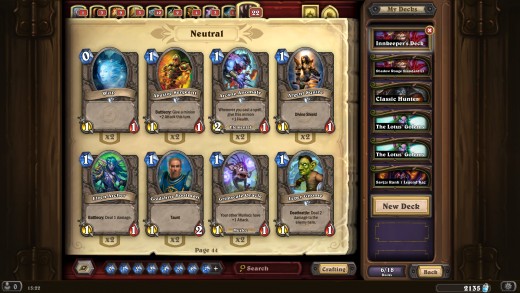
How To Get New Cards
In order to unlock the best decks you will need to build up your collection of cards by getting packs. This can be done a few ways:
- Levelling each class
- Purchase packs with real money
- Purchase packs with in-game currency
- Playing the Arena
- Playing the Tavern Brawl
- Achieving rank 20 or above in the ranked season
- Crafting using dust
In game currency can be earned a couple of ways:
- Arena runs
- 3 wins in normal or ranked mode
- Completing quests
In all of these methods (except crafting) the cards that you get will be random. So the best way is to log on regularly to complete quests, play ranked, play the arena, play the tavern brawl and unlock as many packs as possible. Initially you will want to build your decks around the few strong cards that you get from packs.
If you are lucky enough to get a legendary in a pack, if it is strong, use this as the basis for your deck.
Dust is created by disenchanting cards. Always disenchant multiple legendary cards and normal cards once you have more than 2 to get dust. The advantage to using dust to craft cards is that you get to pick which card you craft.
This is helpful as it allows you to research good cards and make sure that you are crafting a good card. There is a lot of information on the internet and in eSports competitions, so this is an excellent place to start.
Remember when crafting cards that cards get cycled out after 2 years, so you are best off getting newer cards as they will last longer.
Where To Begin
The best place to start for any new player is the solo adventures. Here you can play against the AI and get to grips with the basic principals of the game.
It is recommended to play each of the basic class decks against AI until they are all level 10. Once you hit level 10 you will unlock a lot of basic cards which are really good and easy to unlock. Getting each Hearthstone class to 10 will also give you a good understanding of how each class works, which is important.
You should always complete the daily quests to get the gold reward and always do the tavern brawl in order to unlock as many decks as possible.
If you can afford the real life currency, the adventures are always good to do also. They are fun and unlock some strong legendary cards in the process. The downside is that it costs real money!
Once you have a handle on the basics, have a couple of decks that you understand and can play adequately. You should head into ranked and not be scared of losing! Every loss you can learn something and at the end of the season you will gain a reward for your position.
Ranked is a really good way to learn how to play properly and learn to play against meta strategies.
You will want to try to unlock as many cards as possible in the early stages of the game in order to increase the power of the decks that you can build.
What is your favourite class?
Hearthstone Game Modes
In Hearthstone there are a few game modes which are worth noting.
Arena
The arena mode allows you to build a deck from randomly presented cards (that you don't have to own). You use this deck to battle against others that have also built a deck from random cards.
The aim is to try and hit 12 wins, without losing more than 3 games. You get a reward once your run is over. The more wins that you get before you lose 3 games, the better the reward will be.
As a rule of thumb, you want to try and hit 3-4 wins in arena for the gold entry cost to break even / be in profit.
Tavern Brawl
In this game mode there is a random challenge. It changes each week and really varies. If you win a game (there is no entry cost or penalty for losing) you will get a free card pack, so always do this!
Ranked Mode (standard)
In this game mode you will be stacked up against other players of a similar skill rating and fight for ranking. You start at ranked level 25 and work your way down to level 1 as you win games.
As mentioned above you gain rewards based on your final ranked level, so its always a good idea to try and get as far as possible every season.
Note that in standard mode you can only use cards from the last two years.
Casual Mode (standard)
This is exactly the same as ranked except your wins / losses won't be recorded or effect your ranking.
Wild Mode (ranked and casual)
This is the same as both ranked and casual above, but no cards are limited! Therefore you can use any card that you own from any expansion, even if they have been phased out of standard mode.
Solo Adventures
This is you versus the AI and is a good place to practise.
If you purchase any expansions, this is where you will access them.
Hearthstone eSports
Finally, to round off this Hearthstone: how to play guide the eSports side of the game should be considered. The term eSports just refers to professional players that compete against each other at major televised / streamed competitions.
This isn't necessarily something that you need to consider, but it can be a great way to learn more about the game. Plus it is free to access!
Hearthstone has quite a big professional and competitive scene that you can watch online. It can be beneficial to watch the games of professionals and watch their decision making to help improve your game.
If you are good enough one day, you can enter similar tournaments and compete for prize funds!
Summary
This is the end of this basic Hearthstone tutorial guide. The best way to really learn about the game is to dive in and have a go!
Best of luck; see you by the hearth!
© 2017 Kristian Howe

